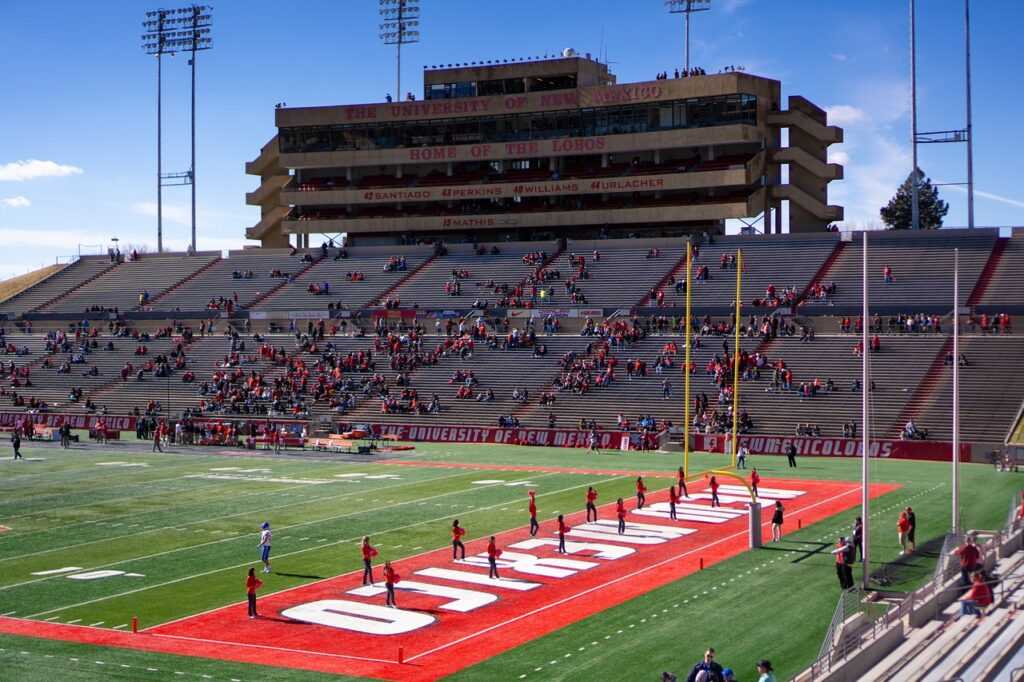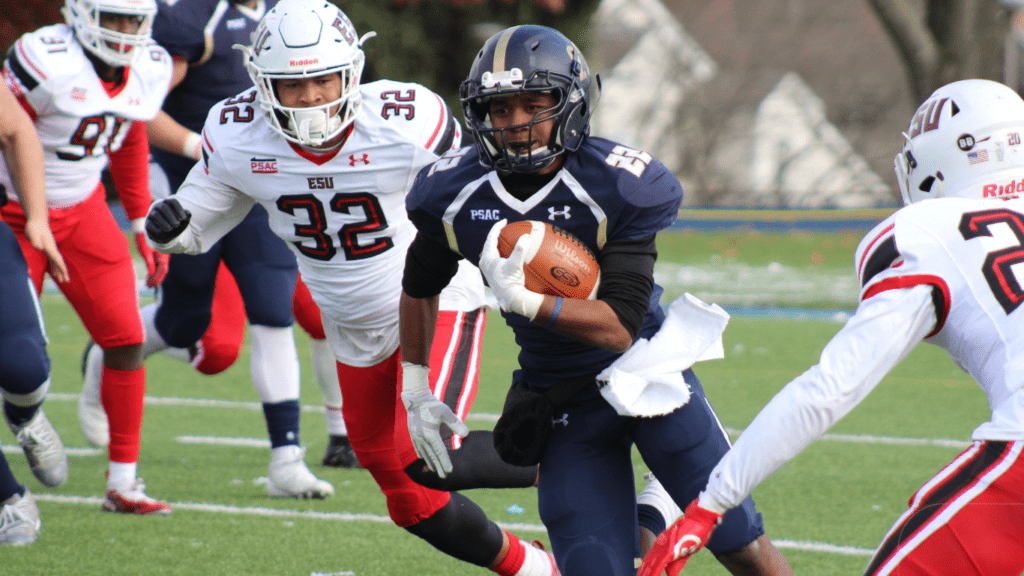Intro: Trade Rumors Heating Up
NFL trade chatter always spikes midseason, but this year, the energy feels especially urgent. Teams are making earlier calls, insiders are dropping unexpected names, and front offices are weighing risk more aggressively than in recent years. This shift isn’t random—it’s a sign of deeper trends shaping the league.
Why This Trade Window Feels Different
Several factors are amplifying trade buzz in 2024:
- Increased parity: More teams are hovering around .500, making the playoff race wide open and the stakes higher.
- New-look front offices: Younger, analytics-driven GMs are more open to bold deals.
- Shorter team windows: With contracts and coaching tenures shrinking, franchises are feeling pressure to act fast.
The result? Teams are picking their lanes much sooner—whether that means pushing all in or hitting reset completely.
Teams on the Edge: Contenders, Rebuilders, and Wild Cards
The league’s middle tier is unusually crowded, which means more franchises are in decision mode:
- True Contenders like the Eagles and Chiefs are eyeing veteran reinforcement without disrupting locker room chemistry.
- Rebuilders—think Panthers or Cardinals—are quietly floating veterans and expiring deals.
- Wild Cards include teams like the Jets or Packers, stuck between playoff hopes and long-term planning.
Understanding which category a team falls into helps explain why their name keeps popping up in trade rumors—and what their goal might be.
What Trade Talk Says About Front Office Strategy
Every leak, insider report, or speculative headline says as much about a team’s leadership style as it does about the players involved:
- Aggressive GMs are using early-season performance as justification for movement, especially if they see a championship window.
- Patient front offices may float names to gauge value or send a message to underperforming players.
- Strategic leaks are often used to create leverage, stir up rival interest, or prepare fan bases for a big shift.
Bottom line: trade rumors are more than smoke—they’re signals from front offices about where they believe their franchise is headed.
High-Profile Names in the Rumor Mill
Quarterbacks usually don’t move midseason—not unless something’s broken. But 2024 is anything but typical. The buzz around aging QBs like Ryan Tannehill and Matthew Stafford isn’t fading. Both are playing decent ball, but their teams are hovering around .500 with no clear plan for the future. A contender one injury away from disaster might be willing to overpay for stability.
Meanwhile, receivers are moving quieter. Courtland Sutton and Mike Evans have both drawn feelers. Teams are watching contract situations closely—especially guys on the last year of their deals. Not every GM wants to hand out a long-term extension to a 30-year-old wideout, so a midseason trade becomes a smarter exit ramp.
Then there’s the stuff not trending on Twitter…yet. A backup edge rusher in Detroit with a quietly strong pass-rush win rate. A safety in Arizona logging elite coverage numbers on a rookie deal. These are the trades that don’t dominate headlines but can tip playoff scales. Good front offices know it’s not just about splash—it’s about fit, value, and timing.
Teams Looking to Deal — And Why
With the trade window cracking wide open, three types of teams are staring into very different mirrors. Rebuilding squads know they’re not competing this year—and that means it’s time to sell. Veterans on expiring contracts? Those are rental chips now. They aren’t part of the next phase, so teams like the Cardinals or Bears could be making calls, fast.
Then you’ve got cap-strapped franchises, the ones that hit their ceiling and now have to make painful decisions. That might mean offloading productive players just to make the books work. Think Saints or Chargers—talented rosters, but the math stopped working.
And finally, the contenders. They’re not chasing quantity—they’re after the one piece that fits. A shutdown corner, a reliable slot guy, a linebacker who can cover. These teams aren’t throwing darts. They’re hunting perfect matches that elevate a playoff run. If they find it, they pull the trigger.
Different priorities, same urgency: shift the balance before the window slams shut.
What’s Driving These Moves?
Front offices don’t make big moves just to shake things up—there’s usually a mix of factors simmering under the surface. First, the math has to work. Some contracts looked like steals a year ago but now feel like dead weight. Teams are comparing price tags to production, and if a player’s output doesn’t justify the cap hit, expect them to land on trade boards fast.
Then there’s the coaching shuffle. New coordinators bring new schemes, and that changes everything. A linebacker who thrived in a 3-4 system might become a redundancy in a 4-3. A mobile QB brought in for option looks may not fit the drop-back heavy plan of a fresh offensive mind. It’s less personal and more about fit.
But not everything is on paper. Behind closed doors, locker room vibes matter. Some trades come down to leadership conflicts or chemistry issues that don’t show up on game film. A trusted veteran at odds with a new coach? A young star clashing with team culture? These issues don’t headline ESPN, but they influence who stays and who gets moved.
More often than not, it’s a combo—money, performance, scheme, and personalities. So when you see a name pop up in trade talks, assume it’s not just about football. There’s a story behind it.
(For deeper context on coaching impacts, check out the coaching carousel update.)
How Fans Should Interpret the Noise
In NFL trade season, every tweet feels like a headline, but not all of them lead to real moves. Some rumors are just that—rumors. Front offices drop names to test the market. Agents float interest to boost leverage. Reporters chase whispers that started as strategic misdirection. It’s a smokescreen-heavy time of year.
A star receiver trending on Twitter doesn’t mean a deal’s in motion. Sometimes it’s just talk—cover for other negotiations or a way to nudge contract talks. Real interest rarely leaks. When it does, there’s usually a pattern: verified insiders confirming similar details, players being scratched late from games, or teams clearing cap space. Follow the paper trail, not the noise.
The smart fans know the difference. Signals matter more than speculation. Until the paperwork hits the league office, it’s all posturing, pressure, and positioning. Stay sharp.
Potential Impact: Who Gains, Who Loses
A handful of teams sitting just outside the playoff picture have a real chance to level up—if they make the right moves. Think about squads like the Falcons, Colts, or even the Steelers. They’re not dominant on paper, but a smart trade for a solid WR2 or a veteran cornerback could shift momentum quickly. If their GMs push the button at the right time, wild card talk becomes real.
On the flip side, expect to see some surprise sellers. Teams once viewed as fringe playoff threats are reassessing. Injuries, locker room issues, or just flat performances have organizations like the Chargers or Commanders quietly shopping key pieces. That reset button hits faster than fans expect when the front office decides to plan for next year midway through this one.
Fantasy implications? Big. A trade can vault a WR2 into WR1 territory or drop a starting running back into a timeshare nightmare. Stay alert. Roster depth matters as much as star power late in the season, and savvy movers in fantasy leagues will be tracking these NFL deals for sneak-ahead value.
Bottom Line: What to Watch Next
The trade deadline looms, and you can feel the tension building. Front offices that have been circling names are now on the clock. The next few weeks will surface tough calls—who’s all-in, who’s bailing out, and who’s bluffing. Pressure isn’t just on the teams. Players know this stretch can define their season or relocate them overnight. One slip, one injury, one breakout can tip the scales.
General Managers are being watched more closely than ever. A gutsy move that pays off? Instant hero. Stay quiet and miss an opportunity? You’ll hear about it from fans and media alike. The window is closing, and hesitation doesn’t age well in this league.
Bottom line: one trade—picked right—can recalibrate an entire year. Stay tuned because the next headline move might come out of nowhere. The only guarantee right now is change.

 Chris Franconso is a distinguished contributor at Awesome Football Network, where he plays a pivotal role in delivering high-quality football content. With a deep-seated passion for the sport and extensive knowledge, Chris provides readers with thorough match previews, insightful tactical analyses, and detailed player assessments. His writing is marked by its clarity and depth, offering a comprehensive understanding of the game that caters to both casual fans and dedicated professionals.
Chris’s expertise extends beyond just reporting; he brings a nuanced perspective to football journalism that enhances the reader's experience. His commitment to presenting accurate and engaging content helps Awesome Football Network maintain its reputation as a leading source for football news and analysis. Through his work, Chris contributes to the platform’s mission of enriching the football community with relevant and timely information.
Chris Franconso is a distinguished contributor at Awesome Football Network, where he plays a pivotal role in delivering high-quality football content. With a deep-seated passion for the sport and extensive knowledge, Chris provides readers with thorough match previews, insightful tactical analyses, and detailed player assessments. His writing is marked by its clarity and depth, offering a comprehensive understanding of the game that caters to both casual fans and dedicated professionals.
Chris’s expertise extends beyond just reporting; he brings a nuanced perspective to football journalism that enhances the reader's experience. His commitment to presenting accurate and engaging content helps Awesome Football Network maintain its reputation as a leading source for football news and analysis. Through his work, Chris contributes to the platform’s mission of enriching the football community with relevant and timely information.
